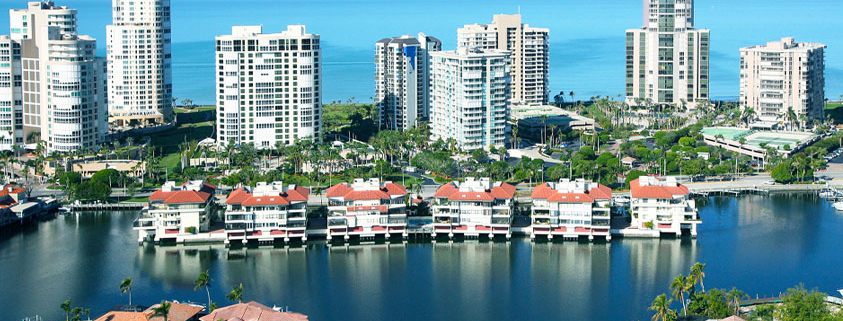Protecting residents’ privacy rights from drones
Last month we discussed the benefits of implementing new governing document regulations for allowing security camera installations in community common areas, single-family homes and condominium units to stop and prevent vandalism or violations of rules and regulations while at the same time protecting the privacy rights of residents.
Today, we will look at an example of new regulation language that a community could amend into their governing documents to handle privacy concerns related to the blossoming use of drones. The definition of drones in the example is taken from the Florida Statutory definition as found in Section 934.50(2)(a), Florida Statutes.
Under the new FAA regulations pertaining to drones adopted in August of this year, drones cannot be flown higher than 400 feet unless flown around a building higher than 400 feet. They can be flown around a building higher than 400 feet as long as they are flown within 400 feet of the building. This federal regulation, therefore, appears to allow for drones to be flown around condominium high-rises.
Here is some model language that an association might want to consider amending into their Declaration of Covenants or Declaration of Condominium to handle breach of privacy issues related to drone use.
“Drones (defined for purposes herein as a powered, unmanned, aerial vehicle that use aerodynamic forces to provide vehicle lift, can fly autonomously or be piloted remotely, and is designed to be recoverable) shall not be permitted to be flown within the community, unless such drone is 1) registered with the FAA, to the extent required, 2) operated by an individual duly licensed by the FAA, to the extent required, 3) is only flown and utilized in accordance with FAA and other applicable governmental requirements, 4) is flown within the community in a manner not to interfere with an owner’s reasonable expectation of privacy with respect to such owner’s property, 5) is not utilized in any fashion to spy or otherwise peer or take pictures into the residence of another owner’s property, 6) is not utilized to harass any person with respect to private property or to the association’s common property, and 7) utilized in a manner not to cause injury to person or property. The operator of such drone shall be solely responsible for any injury to person or property which results from use of such drone. A person’s failure to comply with the terms and provisions of this section shall constitute a nuisance under this declaration and a violation. In no manner shall the association be deemed to be a guarantor or protector of an individual’s right to privacy with respect to any drones that are flown within the community, and the association shall only undertake actions under this section upon association representatives having direct knowledge and evidence of a violation or following receipt of a written claim from an offended resident and subsequent inspection by the association and determination of a violation.”
At some point before it becomes popular for packages to be delivered by drones, an association might want to consider adopting rules concerning drone deliveries, such as where on the property and when such deliveries can be made.

